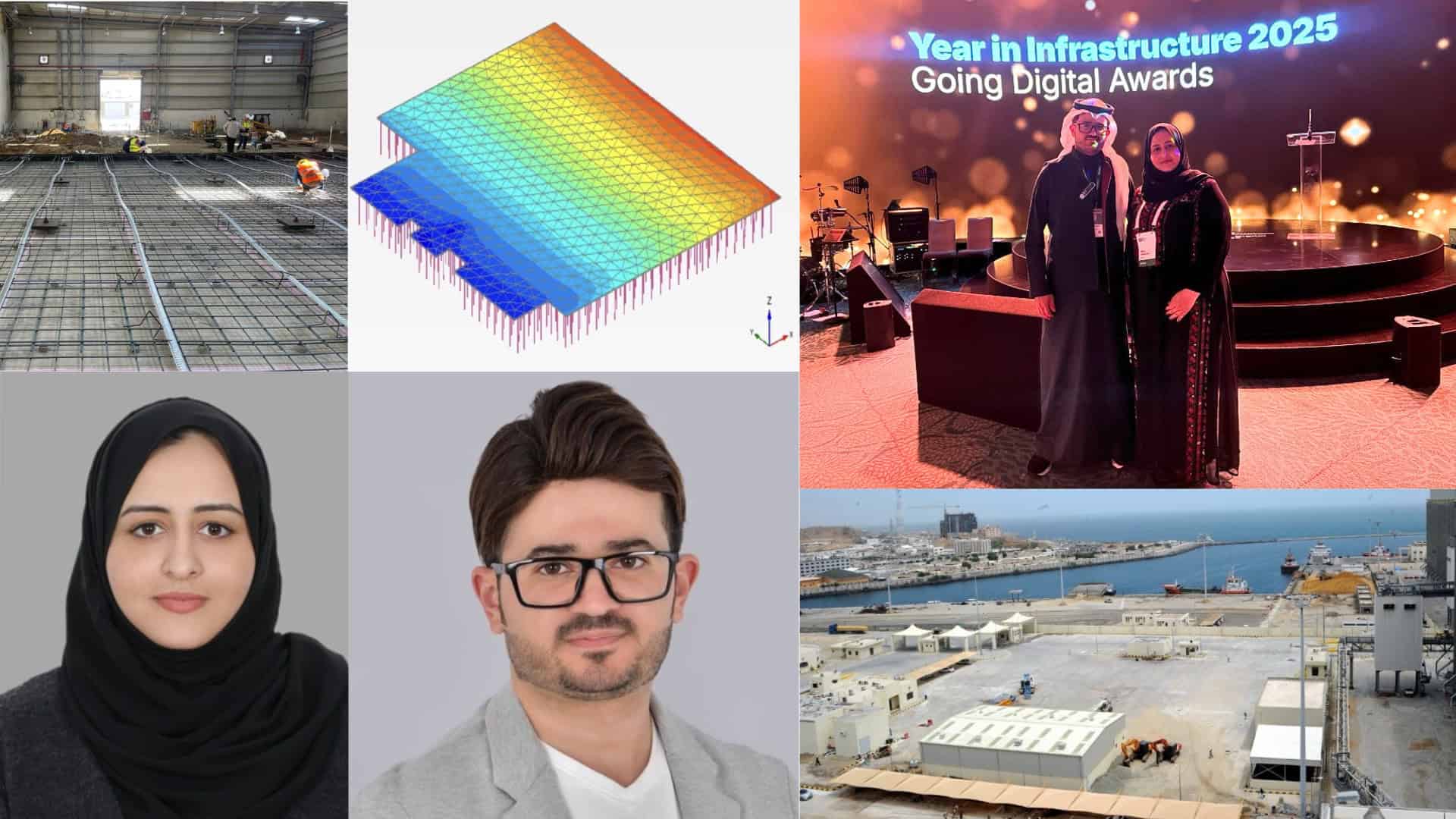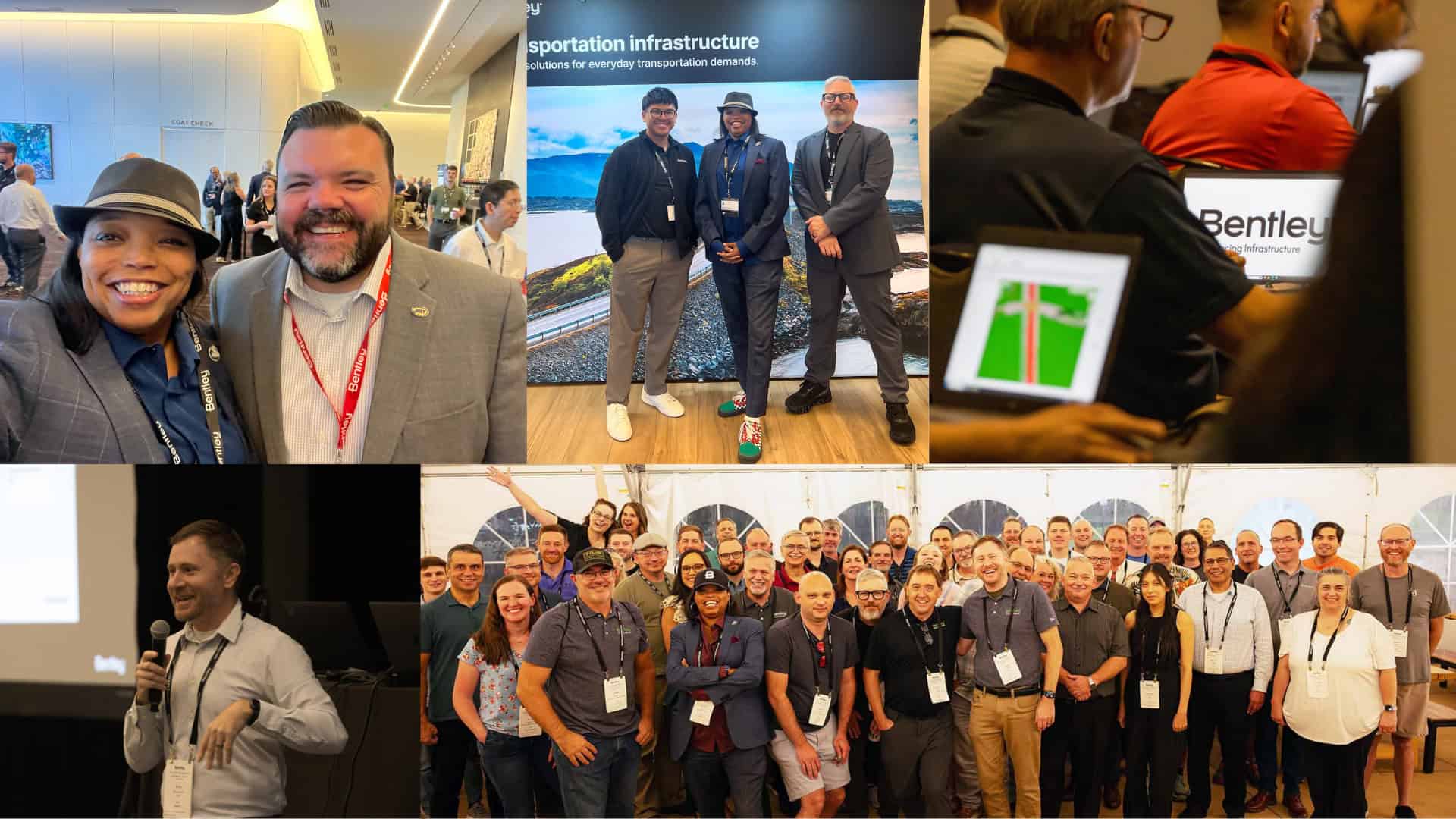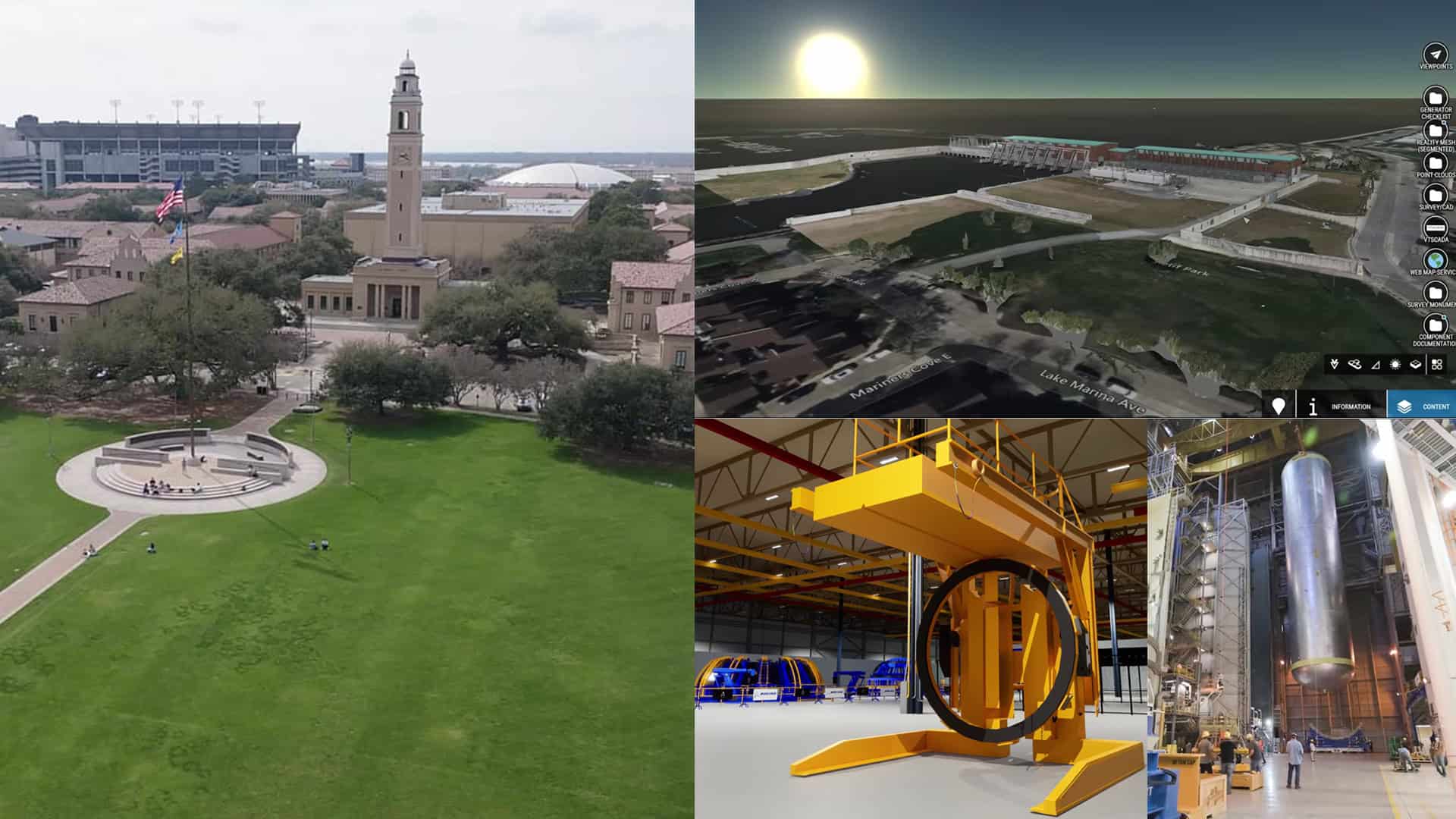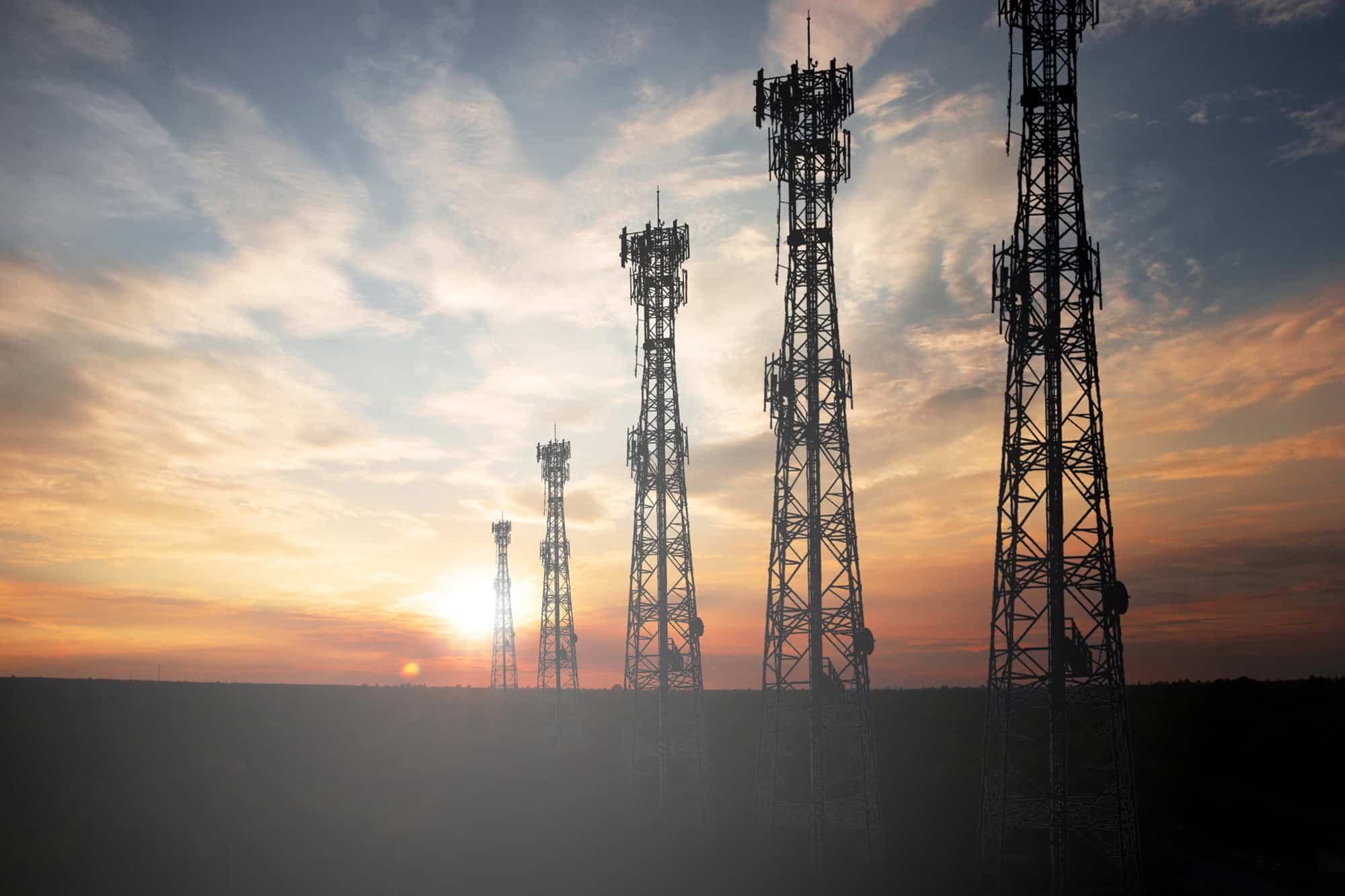As part of our ongoing participation in TowerXchange Europe, Bentley joined telecommunications tower owners, operators, and technology providers from across EMEA to explore how telecom infrastructure is evolving.
At the recent London TowerXchange event, we brought forward a critical perspective: how AI and automation can help transform disconnected tower data into intelligent, actionable insight.
Apurba Tribedi, Bentley’s senior director of tower products, took the stage to share the latest advances in AI-powered infrastructure modeling. With decades of experience in infrastructure software and a leadership role shaping OpenTower’s development, Apurba offered insight into how teams can bridge the gap between raw data and high-precision tower models.
This wasn’t a presentation about software features. It was a call to rethink how tower infrastructure can, and should, be managed in an era of accelerating complexity and ever-expanding data.
From Data Overload to Intelligence: The Case for AI-driven Tower Twins
Tower owners, operators, and engineering teams across the telecom space all have data for assets and how they perform. In fact, sometimes there’s simply too much to handle. But when that data is trapped in disconnected formats, departments, or systems, it can’t be acted upon, creating a significant problem.
The presentation at TowerXchange Europe highlighted a familiar picture: legacy CAD files, siloed inspection data, and drone scans with incomplete coverage.
“What if AI could make sense of it all?” he asked. “Not just clean it up, but build something intelligent from it.” — Apurba Tribedi, Bentley
That “something” is what Bentley calls a tower twin: an intelligent, high-accuracy, federated digital twin powered by AI—engineered not just for visualization, but for structural understanding, automated classification, and decision-making.
AI That Understands Towers, Not Just Data
During the session, Apurba presented real-world examples of how OpenTower iQ’s AI is already being used to address long-standing challenges in tower operations.
- Reusing legacy drone data with high accuracy:
One operator had scanned tens of thousands of towers, but wasn’t seeing the return on that effort. Instead of re-surveying, Bentley applied AI to the existing data, generating models with over 99.98% accuracy and unlocking new value from previous investments. - Filling in missing data where scans fall short:
In cases where vegetation or flight restrictions left gaps in the model, OpenTower’s AI determined where bracing and structural members were missing. It even generated panel definitions and connection points based on engineering logic. - Classifying structural members and detecting pipe sizes:
OpenTower’s AI was also shown identifying member types, ranging from angles to round pipes, and detecting pipe thickness to support colocation planning and structural analysis.
These are not generic automations. They are targeted, engineering-grade predictions, built specifically for the telecom tower environment. And they are already being used at-scale.
Beyond the Tower: Bringing Clarity to the Entire Site
AI’s value doesn’t stop at the tower. Using the same capture data, OpenTower iQ’s models extend into the compound, automatically detecting shelters, generators, fencing, and ground equipment.
The result? A complete site plan, generated without the need for new ground data captures, using sources like LiDAR scans, and available in both 2D layouts and full 3D BIM exports.
The Big Idea: AI-first Infrastructure, Delivered Now
The core message from Bentley’s tower team was simple: AI is not an add-on. It’s not a layer. It’s the foundation of how we work.
Every feature we’re building in OpenTower iQ is developed with an AI-first mindset. Why? Because the problems we’re solving – rework, time delays, missed revenue – require automation at their core.
“We’re not building more software. We’re building tools that give tower teams the power to move faster, cheaper, and smarter with the data they already have.”
“We’ve worked on tens of thousands of towers, and we’re processing hundreds more every day. That scale helps us build smarter AI and deliver better automation.”
– Apurba Tribedi, Bentley
What's Next: From Vision to Adoption
AI is often framed as the future. But for tower operators, engineering firms, and mobile network providers using OpenTower iQ, that future is already here.
At Bentley, we are not just showcasing what’s possible. We are helping teams apply AI in practical ways by processing hundreds of towers each day. To date, OpenTower iQ has been used to model more than 30,000 towers, using both new and legacy data to generate accurate, engineering-grade outputs. These capabilities reduce the need for repeat field visits, improve model accuracy, and enable faster, more confident decisions across the tower lifecycle.
A Smarter Path Forward for Tower Infrastructure
As tower infrastructure continues to evolve, the role of AI is no longer speculative – it’s foundational. OpenTower iQ is built on that foundation and already proving what’s possible. From reusing legacy data to generating full- site models with precision, OpenTower iQ is transforming how the industry approaches tower management by making it faster, more intelligent, and more scalable.




